Starting a fire should be a primary skill for every survivalist or outdoors enthusiast.
After all, the ability to make a fire in the wild provides great emotional comfort. Besides keeping you warm and allowing you to cook food or boil water, a campfire provides a state of tranquility that is much needed when things seem desperate.
While starting a fire in the wilderness might not seem such a big deal, we must acknowledge that things will not always go as planned. In fact, there’s little to no information about what survivors should do to start a fire in challenging situations.
You need to test your ability to make and maintain a fire under various weather conditions and challenging situations. Below are a few scenarios that will put your skills to the test. These are not scenarios that I’ve made up, and in fact, I’ve learned how to test my fire making skills a few years ago when attending a survival course in the Rocky Mountains.
What I also learned was that some people might react to similar challenges with an emotional response rather than a pragmatic and logical solution. I recommend you do these tests without cheating and in a proper environment since real-world scenarios create high stress and you will be put to the test.
Even experienced survivalists or preppers can be challenged by these methods, and it will help them develop their fire starting skills even more.
Situations challenging your fire-starting skills
Start a fire with cold and wet hands
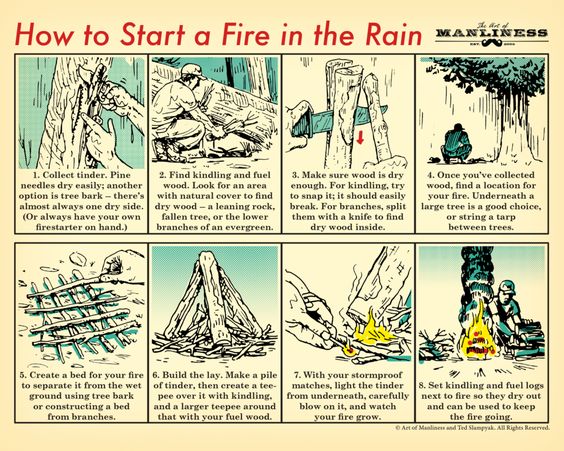
In such scenarios, you will have to start a fire when you are cold, and your hands are borderline numb. I advise you not to try this method in the wild unless you have a heat source ready and waiting for you.
To be on the safe side, I recommend doing this challenge in the safety of your own backyard. You can submerge your hands in an ice bucket. Also, if you want to increase the difficulty, you can take your fire starter and hold it in the icy water with your hands.
You will notice that when your hands are shaking, it is rather difficult to start a fire. To succeed, keep in mind the following:
- Remove excess moisture from the hands
- Remove moisture from the fire starting tools
- Warm your hands a little bit. The fastest way to do so is by placing them under your armpits.
Starting a fire with just one match
This is a challenge I do with the various people I go camping with, and it’s both a fun and learning experience for them. The idea is to start a fire with a single match, a round of wood and a knife.
Many people will fail to succeed because the match will burn out too quickly and their wood splits won’t ignite.
To be able to ignite the fuel you have, you can approach the situation from various angles. Some will decide to split the match, while others will create fast-burning fuzz sticks using the knife.
The best way to do it is to know a thing or two about wood batoning or how to split larger pieces of wood using your knife and a piece of wood.
Once you manage to split the wood into smaller quarters, you will need to shave the smaller parts into fast catching fuzz sticks. You will need to pay attention since this will test your blade handling skills, and some people may injure themselves.
Also, to make sure the fire lasts for as long as needed, make sure you don’t use all your fuel logs at once, and establish prior to starting the fire, what campfire you need to build.
Starting a fire at night, in complete darkness
This may seem like a joke to some, but it’s actually a challenging situation, and I encourage you to try it. To make things as real as possible, I recommend going into the woods, at a considerable distance from your camp and try this.
You will need a dark night with little moonlight or light pollution since the challenge here is to build a fire without using a flashlight.
You will soon understand that making a fire based on feel alone rather than sight is very difficult. Not to mention that using your Ferro rod will disrupt your natural night vision. You will be blinded by the sparks, and your sight and aiming capacities will be impaired.
To succeed in starting the fire, the trick is not to look directly at your hands and tools, and use mainly your peripheral vision. Squinting your eyes will also help, and scrapping with the Ferro rod, rather than down into it will prevent you from disrupting the fire setup.
Starting a fire when injured
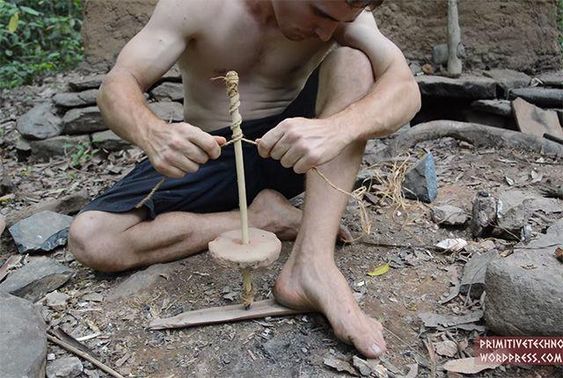
If you happen to find yourself in such a scenario, you will need to use a single hand (the healthy one) to start a fire. The challenge here would be to use only one hand and various fire starters.
Of course, that using a lighter should be no problem, but the situation changes drastically when you need to operate other fire-starting tools that would, in normal conditions, require the use of both hands.
Since there are many ways to start a fire, I recommend you try this for yourself and use your imagination. For example, if you have a metal match, you can use your feet to hold the scraper and use your good hand to handle the rod. Another example would be to use your Ferro rod by holding it down near the tinder with your boot and use the striker with the functioning hand.
You will notice that both scenarios require patience and attention to avoid knocking over the tinder or injuring yourself.
Using the two is one, one is none rule
During the winter season, making a fire is even more challenging. Snow falling from above evergreen and damp ground can ruin your fire setup and make way for frustration to settle in. This scenario may seem easy for experienced campers or survivalist, but for some, it can be quite a challenge. The idea here is to throw water or snow over a fire that is lit but hasn’t settled yet.
Depending on the construction, some fire setups will shed water and shield the flame while others will be exhausted. You will have to re-light the fire as quickly as possible without wasting precious time.
The solution here is a simple one, but many fail to see it because they only focus on the end result rather than on the ongoing process. The two is one, and one is none rule is simple, and it means that one should never use all the fire-starting material in a single effort and leave some aside in case they need to re-light the fire.
A final challenge – Fire signaling
This is more like a team activity, and it’s one of the survival training exercises I’ve learned that involves more than one person. Divide your camping group into teams of two or three people and ask them to build a fire that needs to reach a certain height in an established time frame.
The idea behind this training is to learn to start a noticeable signal fire in a short amount of time to have better chances of being rescued.
Attach a paracord or rope between two trees or posts, and the fire that is hot and high enough to burn through the paracord wins. To make this even more challenging and difficult, when a team is making the fire, a neutral party or the other teams should add pressure on them to increase their stress level.
Mistakes will be made, and it’s the perfect occasion to have a good after-action discussion to expose those errors and learn from each other. This is more like a bonding exercise and will teach you how to collaborate and communicate with your survival group. To succeed you need to know how to make the right fire time as this is the most decisive factor.
I will let you figure out this one for yourself and don’t cheat by building your fire on a platform.
Concluding
Learning to start and maintain a fire under stressful conditions should be your next step in developing your fire-making skills. As preppers and survivalists, we should never become too comfortable with our training and believe we know it all.
Scenarios like the ones listed in this article may one day become real for you and yours, and it’s better to know how to handle them. Always keep in mind the basics of starting a fire since they will influence your success and help you deal better with frustration and impatience.


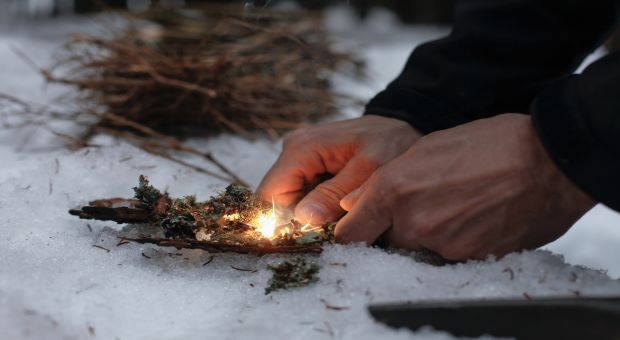
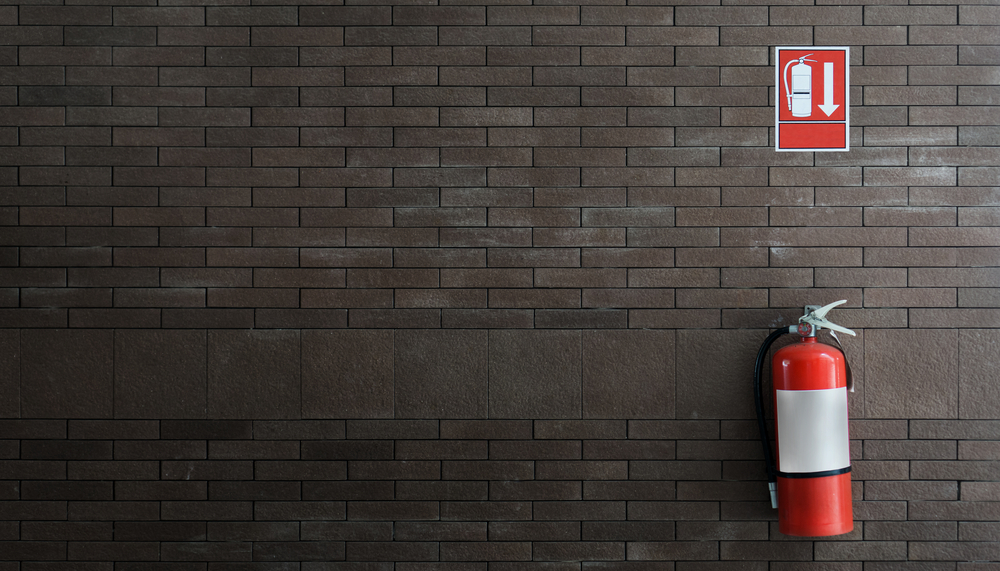
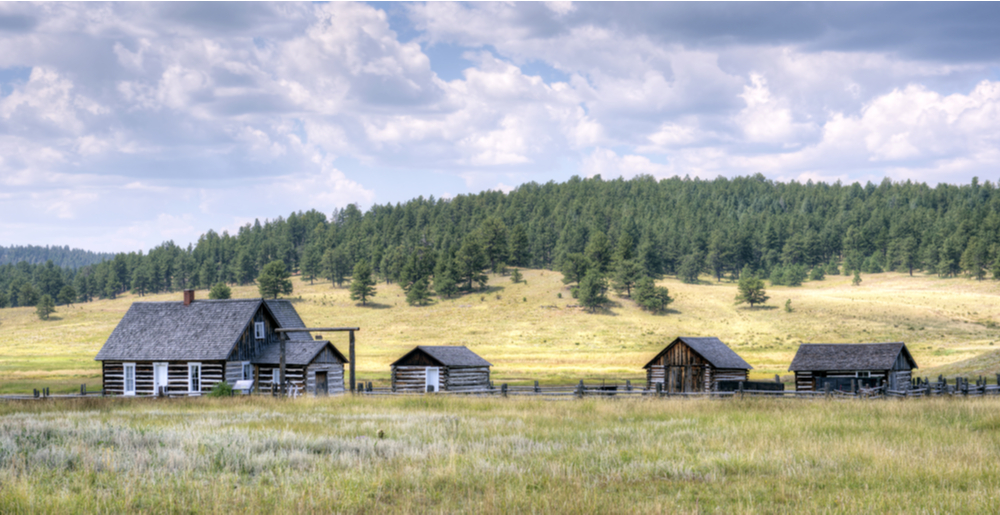
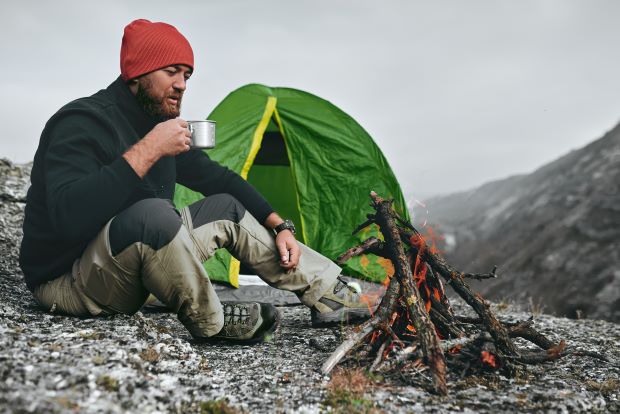
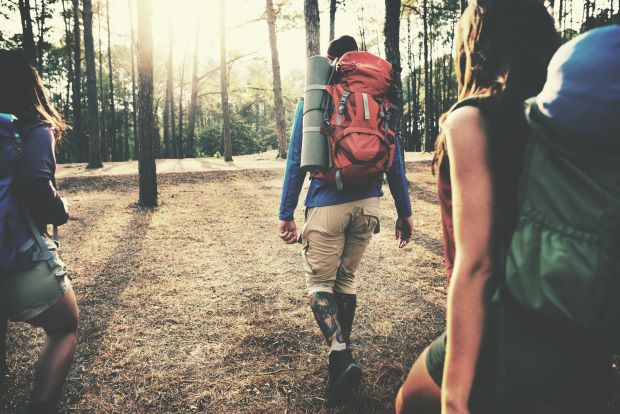

Dan | November 21, 2019
|
ALWAYS have trioxane bars available for starting a fire !!! ALWAYS !!!!
They are available reasonably priced on Amazon
Shanna | November 22, 2019
|
Starting a fire can sometimes be a challenge in good conditions. Some good advice here!
Sarah | November 22, 2019
|
One thing I have never seen in any article I’ve read about starting fires is one of the most obvious ways in which to start fires. Even in the article above in the section that tells you how to start a fire, this item is not mentioned. One of the best and most efficient fire starting items that can be used is to gather pitch from trees. Pitch will start with a single match and it doesn’t matter if the pitch is wet. If one is in an evergreen type forest pitch is easy to gather from tree trunks. In deciduous forests pitch is also available to gather from the trees, though I have far less experience in deciduous forests. Then any bark, pine needles and tinder is easy to light from the pitch and larger logs on top of that to make a fire for whatever the needed purpose is.
If one is in an evergreen forest and you find an old rotting fir stump (or just a stump from a tree that’s been cut down), dig (or cut) down into the lower core of that stump and in the center you’ll find pitch sticks. Rotted stumps are the best, if you find one, as the wood is disintegrating, but the pitch sticks will still be hard and easier to get at. They can be cut out or removed from the stump and they become wonderful carry-along fire starting methods. Depending on the size of the pitch stick(s) one gathers, a pitch stick can be used to start from a few to dozens of fires. Unless it’s hot enough outside to melt the pitch they aren’t sticky. I carry a pitch stick or two with me when I’m in the wilderness and in my BOB. For convenience I carry them wrapped in aluminum foil in a plastic bag. The reason for that is only in the event there’s enough heat available to melt the pitch in the pitch sticks. To date I’ve never been in normal outdoor heat hot enough to melt the pitch in a pitch stick, it has required the heat of a fire to melt and burn the pitch. The pitch stick can be extinguished in water or burying the flaming end in dirt.
I’m very saddened if using pitch as a fire starter is not taught or addressed routinely in professional survival training courses. It is a grave injustice and making survival a much more difficult, taxing and lesser likely to survive event. Survival should not be the survival of those who can endure the worst conditions and still stay alive, the attitude of survival courses should be to teach people how to thrive while surviving, using every energy saving method possible for surviving, in every aspect of surviving.
Rustytruck | January 13, 2020
|
I was wondering the same thing Sarah, I’ve used pitch since I was a kid. We also used Red Cedar, pretty common up here in the NW. We used to get yelled at for putting too much cedar in the wood when we were kids, Pop always said it was too hot and would start a chimney fire, he was right of course but most of the time I could start a fire with cedar chunks a couple inches in diameter and they’d still start with one match and maybe a tissue. And even if you find only some wet cedar, you can split it and find dry wood inside. There’s a lot of wood that is mostly dry, depending on where you’re at and if you make it a habit when you go out there, it’s easier to find.
LAURA WILSON, CD. | December 21, 2019
|
Tying a cord or rope between two trees as a height marker for a fire challenge sounds great but you fail to tell us how high you should tie off the cord. If you were to have a little fun and tie it off at five feet off the ground, you might end up getting a nasty citation from Smoky the Bear.Lol
P.S. Seriously, you just can’t beat petroleum jelly saturated cotton balls. Even if your Bic lighter runs out of fuel or it;’s too cold to flame, as long as you’ve got a flint, you’ve got FIRE.
God bless you all.